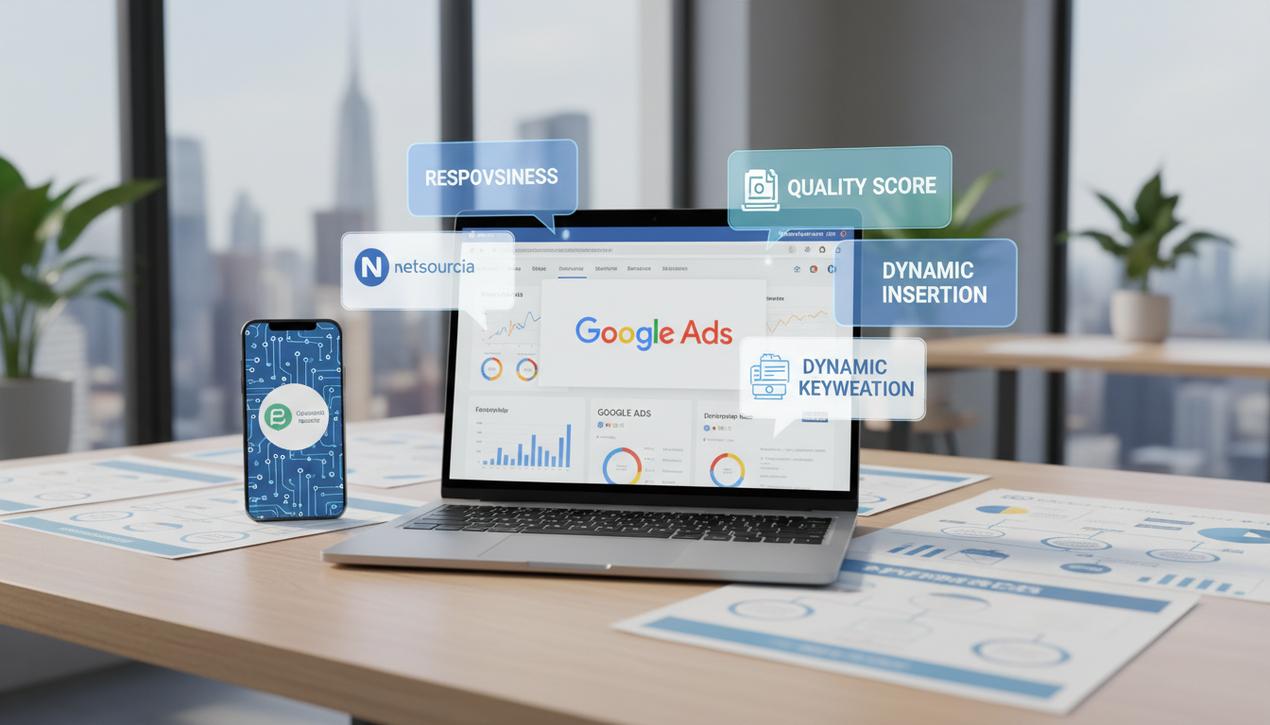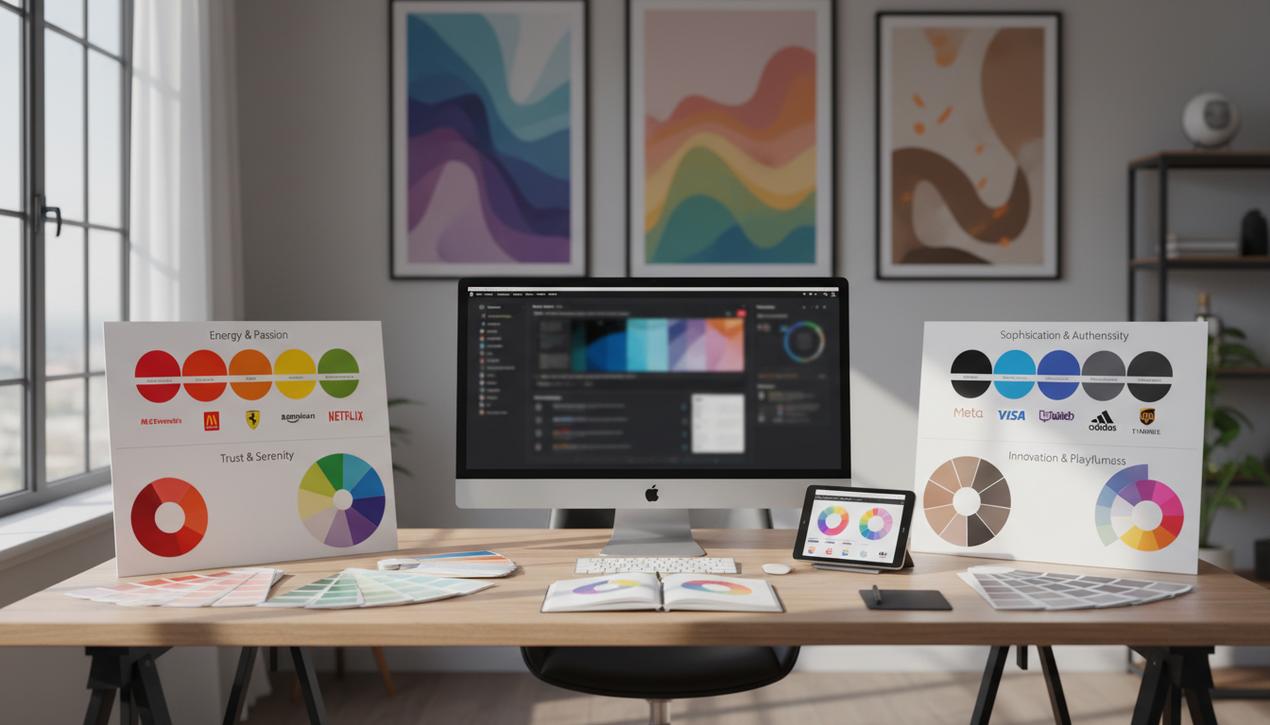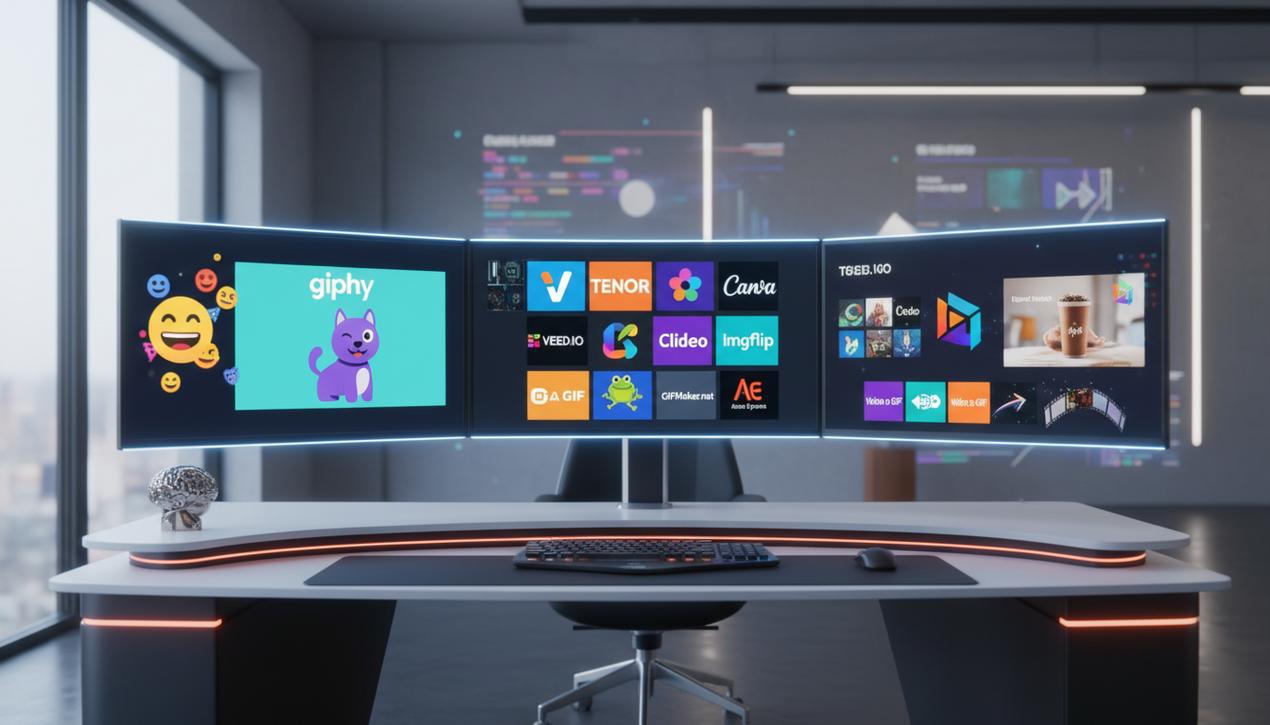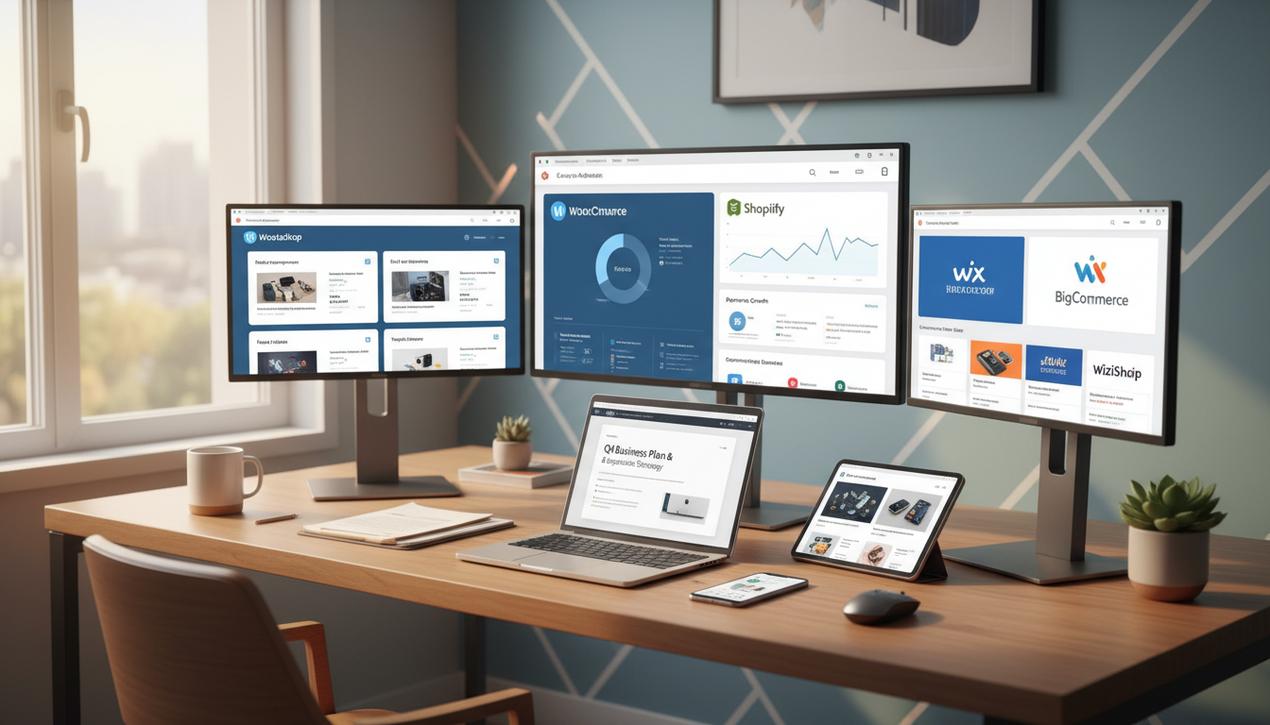16 Powerful Google Ads Examples to Boost Your ROI


In the competitive digital marketplace of 2025, Google Ads remains an unparalleled tool for business growth. Sponsored links on Google are not just a line item in your overall marketing plan; they are a powerful engine for revenue, generating an average return of $2 for every $1 spent. With a conversion rate often 50% higher than organic traffic, mastering this platform is no longer optional. The power of Google Ads lies in its precision: you reach potential customers at the exact moment they are actively searching for your products or services. However, with limited headline and description space, crafting an ad that cuts through the noise and compels a click is a significant challenge. Some companies consistently outperform their competitors with highly effective Google Ads. How do they do it, and what can you learn from them? Here are 16 potent examples and strategies you can adapt to optimize your campaigns, increase your click-through rates, and maximize your return on investment.
Foundational Ad Copy Techniques
Before diving into advanced features, the core of any successful Google Ad is compelling copy. The following principles are the bedrock of ads that convert, focusing on clarity, persuasion, and a direct connection with the user.
1. Highlight Benefits, Not Just Features
Users don’t click on ads to learn about product specifications; they click to solve a problem. Your ad copy should immediately answer the question, “What’s in it for me?” Focus on the positive outcomes and results from the user’s perspective. Instead of saying “Our cream contains hyaluronic acid,” say “Achieve hydrated, glowing skin in 7 days.” This benefit-oriented approach makes the value proposition instantly clear and far more enticing.
2. Inject Specificity with Numbers
Numbers have a powerful psychological effect. They stop the scrolling eye, add credibility, and make your claims feel more tangible and authentic. Ads that include numbers in their headlines can see click-through rates increase by over 200%. The more specific the number, the greater the impact. For example, “Join 15,783 happy customers” is far more powerful than “Join thousands of happy customers.” Use numbers to showcase discounts, customer counts, product quantities, or success rates.
3. Address the User Directly with “You”
Many Google Ads make the mistake of talking about themselves with phrases like, “We will help you succeed.” This language creates a distance between the brand and the customer. A more effective approach is to speak directly to your target audience. Use the word “you” to make the ad personal and engaging. An ad that says, “Get your free marketing plan today” establishes a direct connection, making the user feel seen and understood, while competitors focus on generic product features.
4. Use Strong, Action-Oriented Language
Your ad’s ultimate goal is to drive a specific action. While Google discourages generic calls to action like “click here,” you must still guide the user on what to do next. Use strong, clear verbs that describe the desired outcome. Phrases like “Shop the Collection,” “Get a Free Quote,” “Book Your Demo,” or “Download the Guide” leave no room for ambiguity. This clarity not only improves click-through rates but also pre-qualifies the user, ensuring they understand the purpose of the landing page.
Leveraging Ad Extensions for Maximum Impact
Ad extensions are snippets of additional information that expand your ad, making it more prominent and useful. Using them effectively is one of the quickest ways to improve your ad’s performance, with Google reporting they can increase conversions by 10-20%.
1. Dominate SERPs with Sitelink Extensions
Sitelinks are additional links that appear below your main ad, directing users to specific pages on your website. They allow you to occupy more screen real estate and guide prospects to the most relevant content faster. For an ecommerce store on any CMS, you might add sitelinks for “Men’s,” “Women’s,” and “Sale.” For a B2B service, you could use “Pricing,” “Case Studies,” and “Contact Us.” This helps segment prospects directly from the search results page, streamlining the sales funnel.
2. Build Trust with Seller Ratings and Reviews
Social proof is a powerful motivator. Before making a purchase decision, over 89% of consumers consult online reviews. Seller Rating extensions automatically pull in your business’s star rating from trusted sources and display it directly in your ad. Those five golden stars are an immediate visual cue for trust and quality, significantly increasing user confidence and encouraging them to choose your ad over a competitor’s.
3. Drive Local Traffic with Location Extensions
A staggering 46% of all Google searches have local intent. For brick-and-mortar businesses, location extensions are essential. They display your business address, phone number, and opening hours directly in the ad. This provides users with all the information they need to contact you or visit your location, dramatically increasing click-through rates for “near me” searches.
4. Pre-Qualify Clicks with Price Extensions
Including the price of a product or service in your ad can be a highly effective strategy. It acts as a filter, deterring clicks from users who are not willing to pay your price. This means you spend your budget on more qualified traffic, leading to a higher conversion rate and a better Quality Score. For businesses with competitive pricing, displaying the cost upfront can be a strong competitive advantage that attracts motivated buyers.
Applying Psychological Triggers for Higher Clicks
The most effective Google Ads tap into fundamental human psychology. By understanding what motivates users to act, you can craft copy that is not just informative but deeply persuasive.
1. Create Urgency with Countdown Timers
The Fear Of Missing Out (FOMO) is a powerful cognitive bias. Google Ads’ countdown timer feature allows you to dynamically insert a real-time countdown into your ad copy (e.g., “Sale ends in 3 hours”). This creates a palpable sense of urgency, prompting users to act immediately rather than putting it off. It is an incredibly effective tactic for limited-time promotions, event registrations, or seasonal sales.
2. Leverage the Power of “Free”
If you offer something for free—a trial, a consultation, a guide, or shipping—make it the star of your ad. “Free” is one of the most powerful keywords you can use. It triggers a strong emotional response and dramatically lowers the barrier to entry for a potential customer. An ad for an email tool that highlights “Powerful, Simple & Free” is far more likely to get a click than one that just lists its features.
3. Match User Intent Perfectly
Understanding user intent is the key to a successful campaign. If a user searches for “buy running shoes online,” their intent is clearly transactional. Your ad should reflect this with copy like “Shop Our Running Shoe Collection Now.” If they search for “best running shoes for beginners,” their intent is informational. Your ad could lead to a blog post with a title like “Your Guide to the Best Beginner Shoes.” Aligning your ad copy and landing page with the user’s intent ensures you meet their needs, which builds trust and boosts conversions.
4. Repeat Your Call to Action
Don’t be afraid to repeat your core message. Reinforcing your call to action (CTA) in multiple places within the ad increases the likelihood that it will be seen and acted upon. A powerful combination is to include the CTA in both the headline and the description, and then use sitelink extensions to offer alternative paths to the same goal. For example, an ad for a marketing tool could have a headline that says “Grow Your Business,” a description urging users to “Start Your Free Trial,” and sitelinks for “Explore Automations” and “Boost Your Marketing.”
Advanced Strategies for 2025
The Google Ads landscape is constantly evolving, driven by advancements in artificial intelligence and machine learning. To stay ahead, you must embrace these new tools and strategies.
1. Master Performance Max Campaigns
Performance Max (PMax) is Google’s latest campaign type, designed to find more converting customers across all of Google’s channels—YouTube, Display, Search, Discover, Gmail, and Maps—from a single campaign. To succeed with PMax, you need to provide Google’s AI with a rich set of high-quality assets: compelling headlines, detailed descriptions, high-resolution images, and engaging videos. The key is to trust the machine while guiding it with clear audience signals and conversion goals.
2. Harness AI-Powered Responsive Search Ads (RSAs)
With RSAs, you provide multiple headlines and descriptions, and Google’s AI tests different combinations to learn which ones perform best for different search queries. The skill is no longer in writing one perfect ad, but in creating a diverse set of assets. Include headlines that highlight different benefits, ask questions, and feature your brand name. This allows the AI to assemble the most relevant and effective ad for each individual user in real-time.
3. Integrate Video Ads on YouTube and Discovery
Text-based search is no longer the only game in town. Video has become a critical component of the customer journey. Running video ads on YouTube and in Google’s Discovery feed allows you to engage users with rich, visual storytelling. You can use these formats to build brand awareness at the top of the funnel or to drive direct conversions with skippable in-stream ads that feature a clear call to action.
4. Highlight Brand Values and Origin
Modern consumers are increasingly drawn to brands that align with their values. If your products are sustainably made, locally sourced, or manufactured in a specific country known for quality, highlight this in your ads. This can be a powerful differentiator, especially if your competitors are large, faceless corporations. An ad that mentions “Handcrafted in Italy” or “Made with Sustainable Materials” can build an immediate emotional connection and justify a premium price point.
These Google Ads examples demonstrate the best practices for increasing click-through rates and driving conversions. If you’re looking to improve your ad performance, draw inspiration from these strategies. The key to success in 2025 lies in combining solid copywriting fundamentals with the right essential marketing skills and a willingness to embrace new technologies like AI and Performance Max. And as always in marketing, never stop testing. A/B testing your headlines, descriptions, and calls to action is the only way to find the perfect formula that delivers the highest possible return on your investment.



